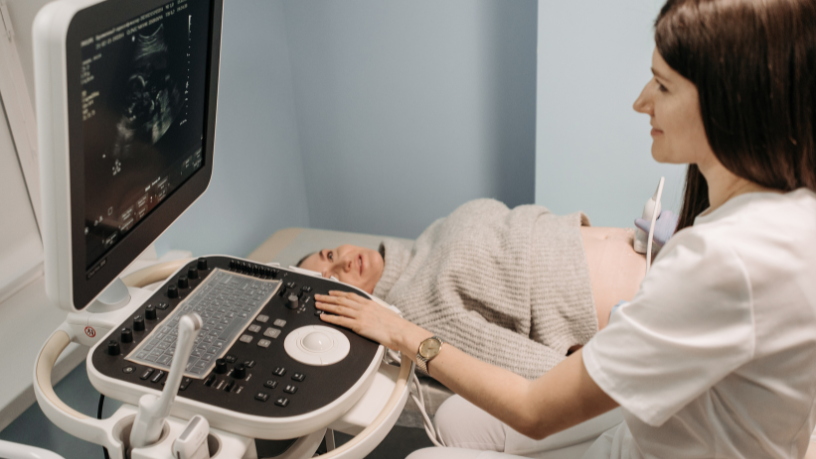Morphological ultrasound is one of the most anticipated exams during pregnancy and plays an essential role in monitoring the baby’s health. According to Dr. Thaline Neves, this procedure provides detailed information about the fetus’s development and allows for the early detection of possible abnormalities. Therefore, throughout pregnancy, this exam becomes a highly valuable tool for both doctors and expectant mothers. With that in mind, keep reading to learn more about its importance and when it should be performed.
What is a morphological ultrasound?
A morphological ultrasound is an imaging exam performed between the 11th and 14th weeks of pregnancy, considered one of the most comprehensive prenatal tests. It uses sound waves to create real-time images, allowing the doctor to closely examine the baby’s anatomy. According to Dr. Thaline Neves, owner of Clínica View, this detailed analysis makes it possible to evaluate the formation of organs, the fetus’s position, and even aspects related to growth and weight.

Unlike other ultrasounds, the morphological version is more in-depth. It not only confirms the baby’s vitality but also investigates every part of the body, including the brain, heart, spine, kidneys, and limbs. In the end, this detailed view helps identify conditions that might go unnoticed in standard ultrasounds, as highlighted by Dr. Thaline Neves.
Why is the morphological ultrasound so important?
The main importance of this exam lies in the early detection of malformations and chromosomal abnormalities. After all, the sooner these conditions are identified, the greater the chances of planning appropriate medical interventions and ensuring a better quality of life for the baby. In addition, this follow-up helps parents emotionally prepare for different scenarios.
Another important aspect is that the morphological ultrasound helps monitor the placenta and amniotic fluid, as emphasized by Dr. Thaline Neves. These elements are crucial for the fetus’s healthy development, and any changes must be closely monitored. That’s why this exam represents not only a diagnostic measure but also a preventive one.
What information can be evaluated in this exam?
During a morphological ultrasound, several aspects are carefully examined. Among them are body structures and essential parameters for the fetus’s well-being. Below are the main points that can be analyzed:
- Brain structure: evaluates brain formation and possible neurological alterations.
- Heart: examines cardiac function and identifies structural abnormalities.
- Spine and limbs: checks the alignment of the spine and the development of arms and legs.
- Kidneys and bladder: monitors the formation of the urinary system.
- Placenta and amniotic fluid: analyzes conditions that affect fetal growth.
- Growth measurements: estimates weight, size, and compatibility with gestational age.
These elements provide a complete overview of fetal health. Gathering this information is essential to personalize care for each expectant mother and to create more effective monitoring strategies.
The role of the specialist in the exam
However, the success of the morphological ultrasound depends not only on the technology used but also on the expertise of the physician performing it. As Dr. Thaline Neves, owner of Clínica View, points out, accurate interpretation of the images requires technical knowledge and clinical experience. Therefore, relying on qualified professionals ensures more precise diagnoses and appropriate decisions for each case. For this reason, it is recommended that expectant mothers choose clinics and specialists recognized for the quality of their care.
A safer pregnancy with morphological ultrasound
Ultimately, morphological ultrasound is an indispensable exam for evaluating the baby’s health and providing peace of mind to the family. This procedure combines technology and medical expertise to ensure detailed monitoring of the pregnancy. By identifying possible alterations early, it allows for planned interventions and contributes to the safety of both mother and child.
Author: Eura Tymal







